As vaccines raise hope, cold reality dawns: COVID-19 is likely here to stay
COVID-19 could shift from a pandemic disease to an endemic one, but epidemiologists say we need to accept ‘that our lives are not going to be the same’

Vaccination drives hold out the promise of curbing COVID-19, but governments and businesses are increasingly accepting what epidemiologists have long warned: The pathogen will circulate for years, or even decades, leaving society to co-exist with COVID-19 much as it does with other endemic diseases like flu, measles, and HIV.
The ease with which the coronavirus spreads, the emergence of new strains and poor access to vaccines in large parts of the world mean COVID-19 could shift from a pandemic disease to an endemic one, implying lasting modifications to personal and societal behaviour, epidemiologists say.
“Going through the five phases of grief, we need to come to the acceptance phase that our lives are not going to be the same,” said Thomas Frieden, former director of the US Centres for Disease Control and Prevention. “I don’t think the world has really absorbed the fact that these are long-term changes.”

Endemic COVID-19 doesn’t necessarily mean continuing coronavirus restrictions, infectious-disease experts said, largely because vaccines are so effective at preventing severe disease and slashing hospitalisation and deaths. Hospitalisation have already fallen 30 per cent in Israel after it vaccinated a third of its population. Deaths there are expected to plummet in weeks ahead.
But some organisations are planning for a long-term future in which prevention methods such as masking, good ventilation and testing continue in some form. Meanwhile, a new and potentially lucrative COVID-19 industry is emerging quickly, as businesses invest in goods and services such as air-quality monitoring, filters, diagnostic kits and new treatments.
The number of gene-detecting PCR tests produced globally is expected to grow this year, with manufacturers like New Jersey’s Quest Diagnostics predicting that millions of people will need a swab before they attend concerts, basketball games or family functions.
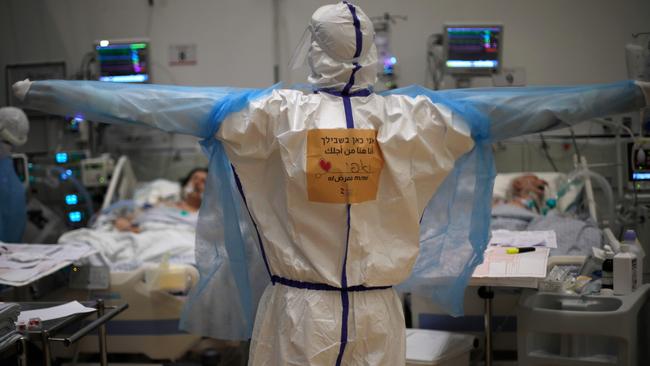
“We assume it would last for years, or be eternal, such as the flu,” said Jiwon Lim, spokesman for South Korea’s SD Biosensor, a test maker that is ramping up production of at-home diagnostic kits. Leading drug makers — Switzerland’s Novartis International AG and Eli Lilly — have invested in potential COVID-19 therapies. More than 300 such products are in development.
Airlines like Lufthansa are restructuring to focus on short-haul flights within Europe, and away from Pacific countries that have said they’ll keep borders closed for at least this year. Some airports are planning new vaccine passport systems to allow inoculated passengers to travel. Restaurants are investing in more takeout and delivery offerings. Meat-packing plants from Canada to Europe are buying up robotic arms, to curb the risk of outbreaks by reducing the number of workers on assembly lines.
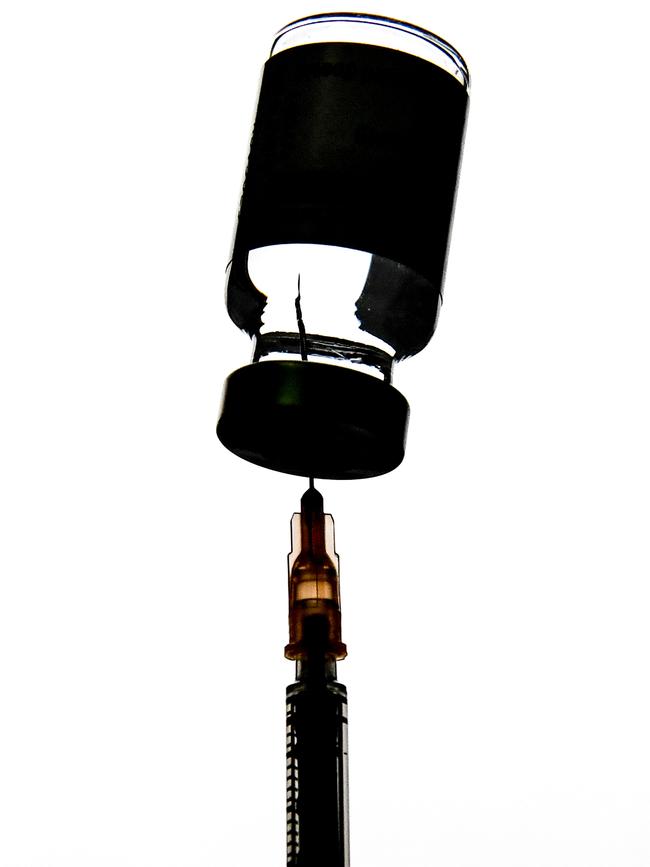
Diseases are considered endemic when they remain persistently present but manageable, like flu. The extent of the spread varies by disease and location, epidemiologists say. Rabies, malaria, HIV and Zika all are endemic infectious diseases, but their prevalence and human toll vary globally.
Very early on, after countries failed to contain the coronavirus and transmission raged globally, “it was evident to most virologists that the virus would become endemic”, said John Mascola, director of the National Institutes of Health’s Vaccine Research Centre. “When a virus is so easily transmitted among humans, and the population (lacks immunity), it will spread any place it has the opportunity to spread. It’s like a leak in a dam.”
Immunologists now hope vaccines will prevent transmission, a finding that would drastically reduce the virus’s spread. An Oxford University study published last week found people given the AstraZeneca vaccine might be less likely to pass on the disease.
Still, there are vast pockets of the human population that will remain beyond the reach of a vaccine for the foreseeable future, giving the virus plenty of room to continue circulating.
There is currently no vaccine authorised for young children, and supply issues will leave most of the developing world without a shot until late next year at the earliest. Meanwhile, Europe has seen high rates of vaccine refusal: Less than half of French people were willing to get a shot when asked in a recent YouGov poll.
As scientists develop new treatments, COVID-19 will further “become an infection that we can live with”, said Rachel Bender Ignacio, an infectious-disease expert at the Fred Hutchinson Cancer Research Centre in Seattle. As such, she said, it will be important to develop therapies for the persistent debilitating symptoms that many patients struggle with months after getting sick, like memory fog, loss of smell and digestive and heart problems.
Some countries like Australia and New Zealand have brought their average daily case counts into the low single digits, but neither ever experienced the enormous outbreaks that the Americas and Europe continue to see, and both island nations have watched the virus slip past their strict travel restrictions.
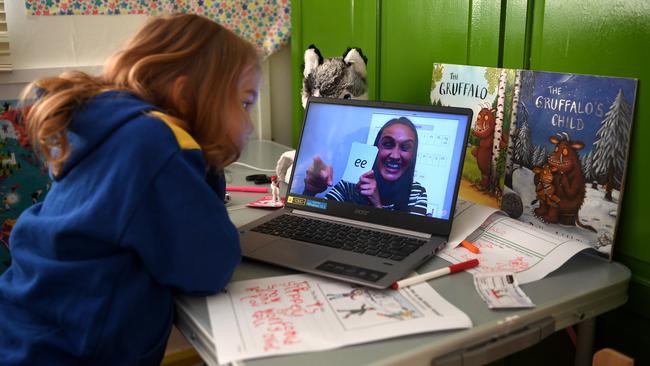
“I don’t believe we should start setting elimination or eradication of this virus as the bar for success,” said Mike Ryan, executive director of the World Health Organisation’s emergencies program. “We have to reach a point where we’re in control of the virus, the virus is not in control of us.”
Just one human virus has been entirely eradicated in modern history: smallpox. While that disease infected only people, the novel coronavirus can spread among small mammals like mink, then, though less effectively, back into humans, turning the world’s fur farms into potential reservoirs for the virus.
Moreover, tens of millions of COVID-19 cases have given the virus ample opportunity to improve its ability to infect other mammals, said Sean Whelan, a virologist at Washington University in St Louis. A mutation present in the variants from South Africa and Britain gave the pathogen the ability to infect mice, he said.
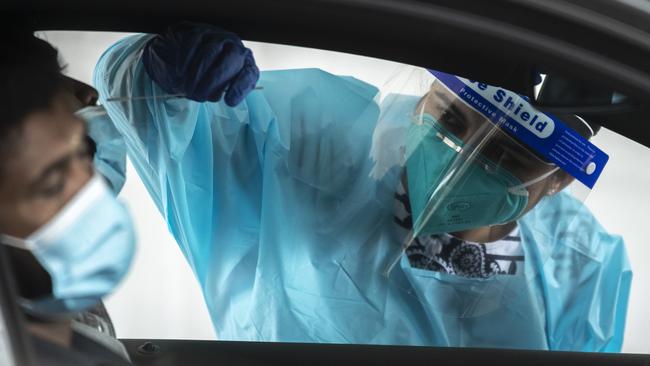
Diseases that spread from people who don’t show symptoms — often the case with the coronavirus — are particularly hard to eradicate. Decades of multibillion-dollar global efforts haven’t eradicated another such disease, polio, which, while eliminated from the US in the 1970s, was cleared from Europe only in 2002 and still exists in Afghanistan and Pakistan.
Respiratory viruses like the novel coronavirus are prone to becoming endemic because they can transmit through usually benign acts, like breathing and talking, and can be particularly good at infecting cells. They include OC43, a coronavirus that researchers now think caused the Russian Flu of the 1890s, a pandemic that killed one million. That virus — still present in the population — is responsible for many common colds, though it has become less virulent likely because people developed immunity.

Mutations in the novel coronavirus variants appear to have made it better at infecting human cells or at evading some antibodies, raising concerns that existing vaccines might become less effective. Scientists say monitoring for new variants will be critical to vaccination programs long term. Understanding their characteristics will help determine whether the shots need to be updated periodically, as they are for flu.
Vaccinations will be just as important when the pandemic subsides and COVID-19 becomes endemic.
“People seem to think that when a virus becomes endemic, it becomes attenuated and it doesn’t become as serious,” said Angela Rasmussen, a virologist at the Centre for Global Health Science and Security at Georgetown University.
The misconception stems from the fact that usually viruses evolve to maximise the number of people they infect before they kill.
But most people survive COVID-19, so “there’s not a lot of pressure for this virus to become more attenuated because it’s already spreading and finding new hosts and new opportunities to replicate before its hosts are getting sick,” she said. “It’s doing just fine.”
The Wall Street Journal
More Coverage



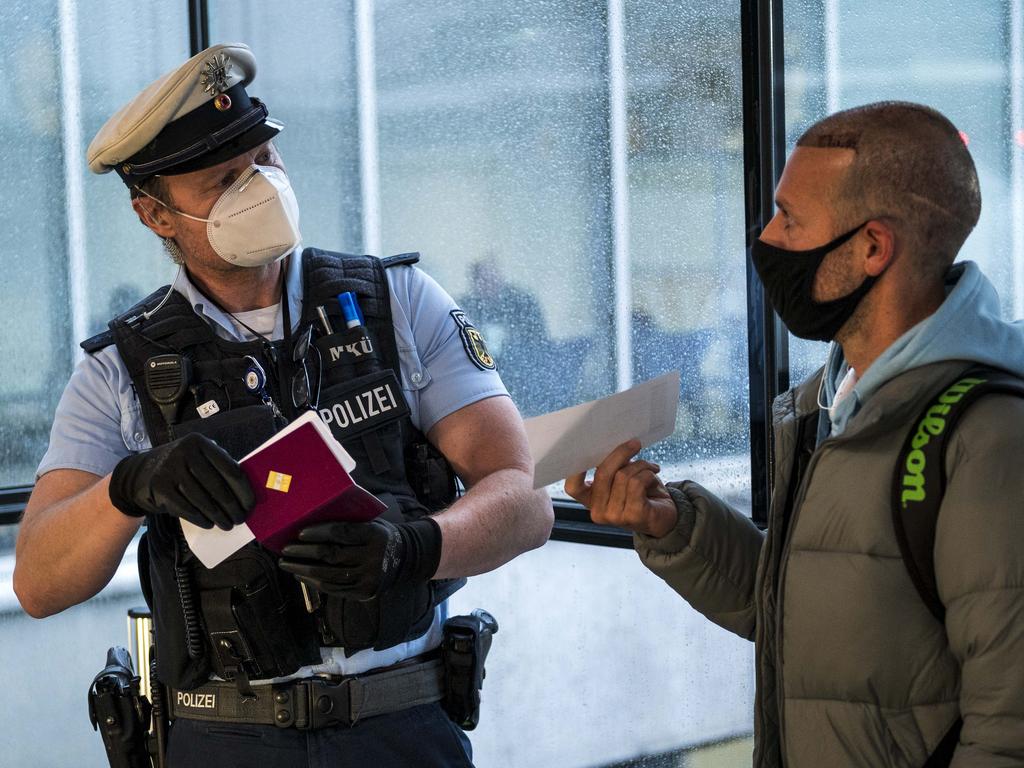
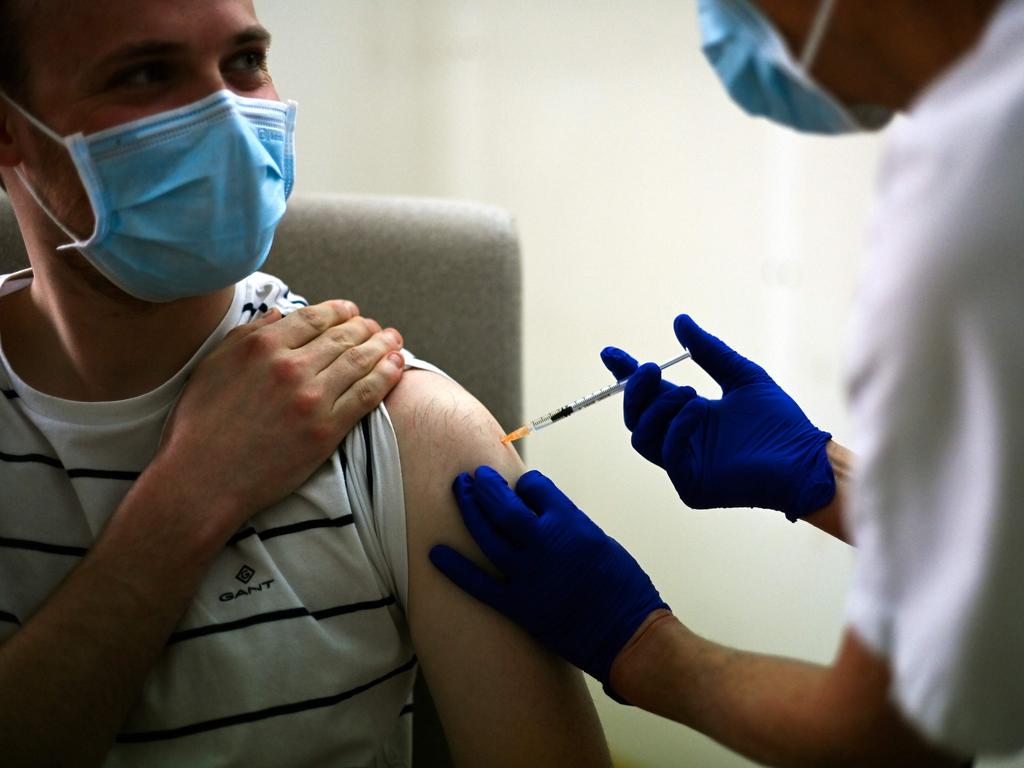



To join the conversation, please log in. Don't have an account? Register
Join the conversation, you are commenting as Logout